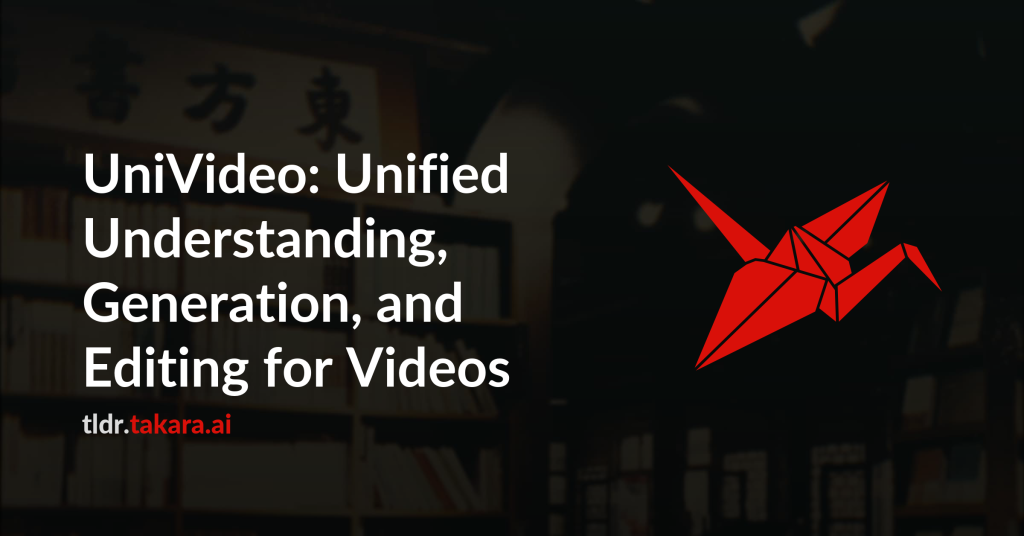Unified multimodal models have shown promising results in multimodal content
generation and editing but remain largely limited to the image domain. In this
work, we present UniVideo, a versatile framework that extends unified modeling
to the video domain. UniVideo adopts a dual-stream design, combining a
Multimodal Large Language Model (MLLM) for instruction understanding with a
Multimodal DiT (MMDiT) for video generation. This design enables accurate
interpretation of complex multimodal instructions while preserving visual
consistency. Built on this architecture, UniVideo unifies diverse video
generation and editing tasks under a single multimodal instruction paradigm and
is jointly trained across them. Extensive experiments demonstrate that UniVideo
matches or surpasses state-of-the-art task-specific baselines in
text/image-to-video generation, in-context video generation and in-context
video editing. Notably, the unified design of UniVideo enables two forms of
generalization. First, UniVideo supports task composition, such as combining
editing with style transfer, by integrating multiple capabilities within a
single instruction. Second, even without explicit training on free-form video
editing, UniVideo transfers its editing capability from large-scale image
editing data to this setting, handling unseen instructions such as
green-screening characters or changing materials within a video. Beyond these
core capabilities, UniVideo also supports visual-prompt-based video generation,
where the MLLM interprets visual prompts and guides the MMDiT during synthesis.
To foster future research, we will release our model and code.

